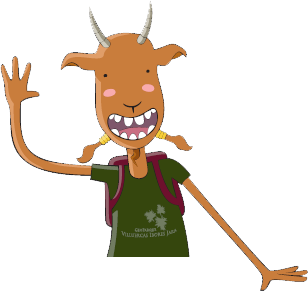The Serranillo Mine is located in the interior of slate (metamorphic rocks), at one end of the metamorphic halo of the Logrosán granitic stock. The metamorphic aureole is the contact zone between the molten magma, subjected to high pressures and temperatures, which rises slowly from the interior of the Earth’s crust, and the sedimentary rocks around it, which are transformed into other rocks called metamorphic rocks (e.g. slates and shales with mineral growths “pizarras mosqueadas”
The main mineralisation consists of quartz veins with cassiterite, as well as arsenopyrite, chalcopyrite, tourmaline, molybdenite and accessory pyrite. The veins show numerous directions and dips (inclinations): in the El Serranillo gallery, there are horizontal veins and in the Trinchera Mayor they are vertical.
The cassiterite crystals that appear in the Serranillo Mine are similar to those observed in the San Cristóbal hill, they present twins (symmetrical or regular groupings of two crystals), of which some specimens of high mineralogical interest are found.
The presence of chalcopyrite (copper and iron sulphide) in the seams in the interior of the Serranillo gallery have lead to the appearance of malachite and azurite (copper carbonates), which, with their greenish and bluish colours, cover some sections of the interior of the aforementioned mining gallery. Inside the El Serranillo gallery, a “stockwork”-type deposit can be seen, in which the mineral is found in a dense network of numerous quartz seams and seams with cassiterite disseminated within the slates (primary deposit).
On the slopes of the Serranillo hill there is colluvium (deposits of clayey materials with angular pebbles, transported by the waters of the streams) with a high cassiterite content (secondary or sedimentary deposit), which were once also mined with pans.

